
Recently, the final of the Guangzhou Youth Lion Dance Competition was held at the Guangzhou Cultural Center. Lion dance teams from Guangzhou, Foshan, Hong Kong, Macao, and other places in China participated together, competing for the crown of Lion King.
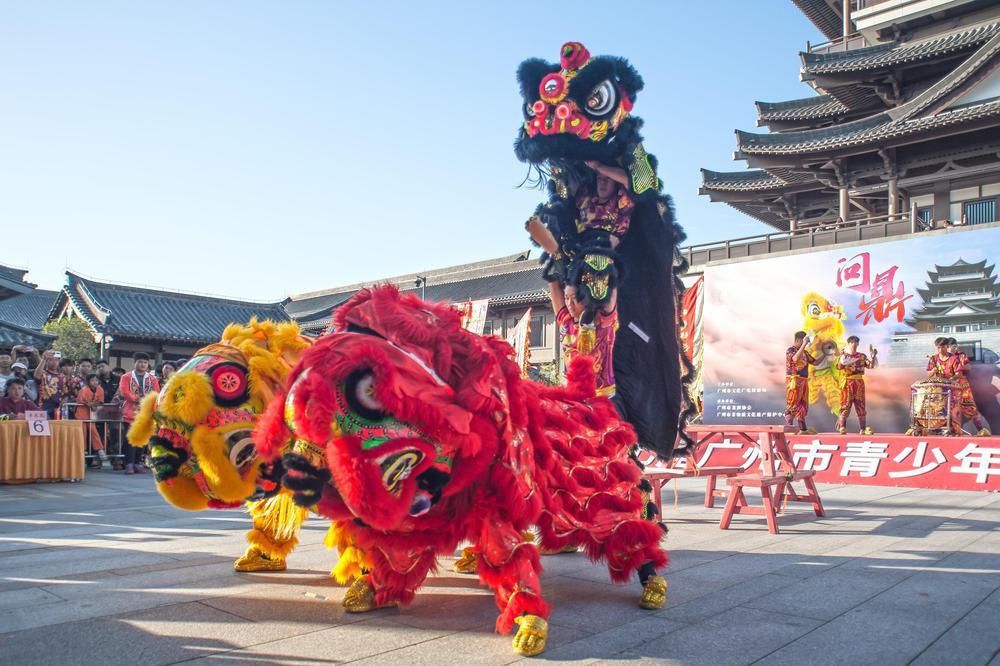
In recent years, artistic works inspired by lion dance have frequently gained popularity. Typical examples include the animated film "I Am What I Am" which made its debut and became a hit overseas and the large-scale ethnic dance drama "Awakening Lion" which went viral in China. In fact, lion dance can be seen everywhere in the daily lives of the Lingnan people. The Hong Kong film "Wong Fei Hung III: Si wong jaang ba" is still popular today.
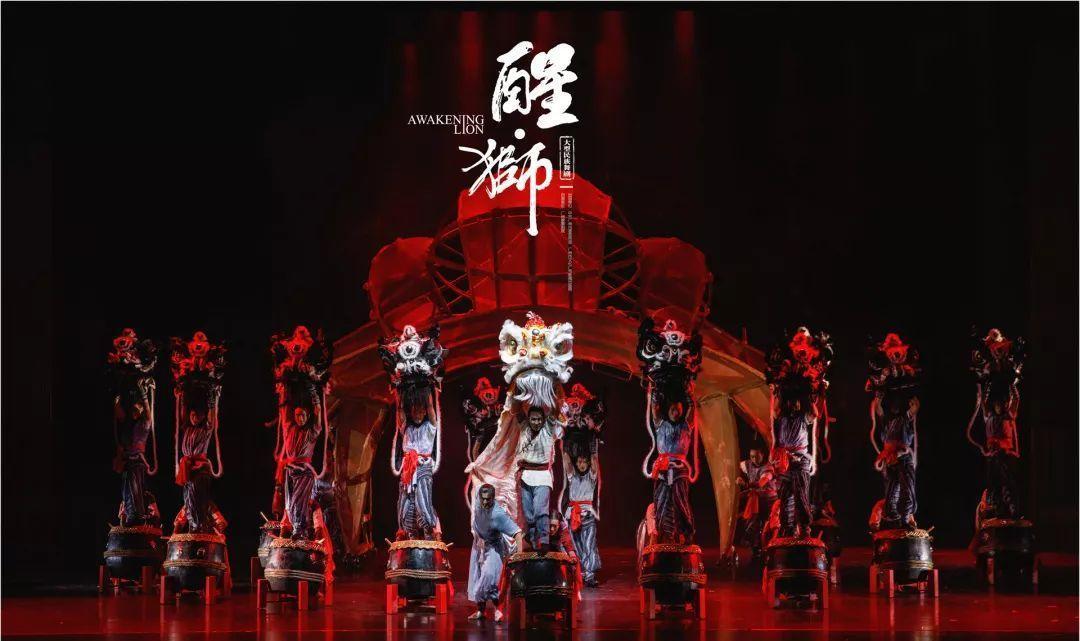

As a cultural symbol, the lion dance has long been embedded in the collective memory of generations of Lingnan people, embodying the cultural identity of the people in the Guangdong-Hong Kong-Macao Greater Bay Area.
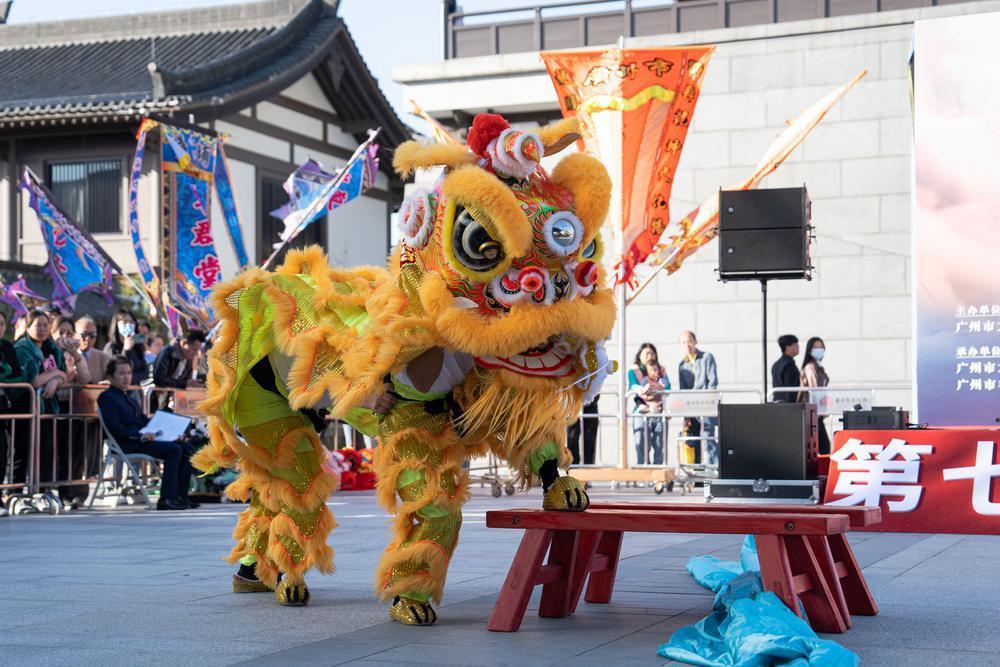
In the Lingnan region, the inheritance of lion dance has always enjoyed an extremely wide mass base. Research data shows that there are over 10,000 people (excluding students) engaged in lion dance performances in Guangzhou, with more than 8,000 non-professional lion dance team members. Therefore, it can be seen that a large part of the inheritors of the lion dance in Guangdong are workers with their own jobs.
The lion dance is also developing in overseas areas and even influencing the way the lion dance is performed in China. Among them, the "high pole lion dancing" is a typical example. Originating in Malaysia, it was included in Malaysia's national cultural heritage list as an "important cultural relic", and it was introduced to China just 30 years ago.
The history of lion dance going abroad can be traced back to the Qing Dynasty (1616-1912). Guangdong lion dance spread and blossomed overseas with Cantonese immigrants' journey. Initially, it was mainly popular within the Chinese community but gradually became one of the multicultural activities in the local area. Nowadays, it is prevalent all over the world.
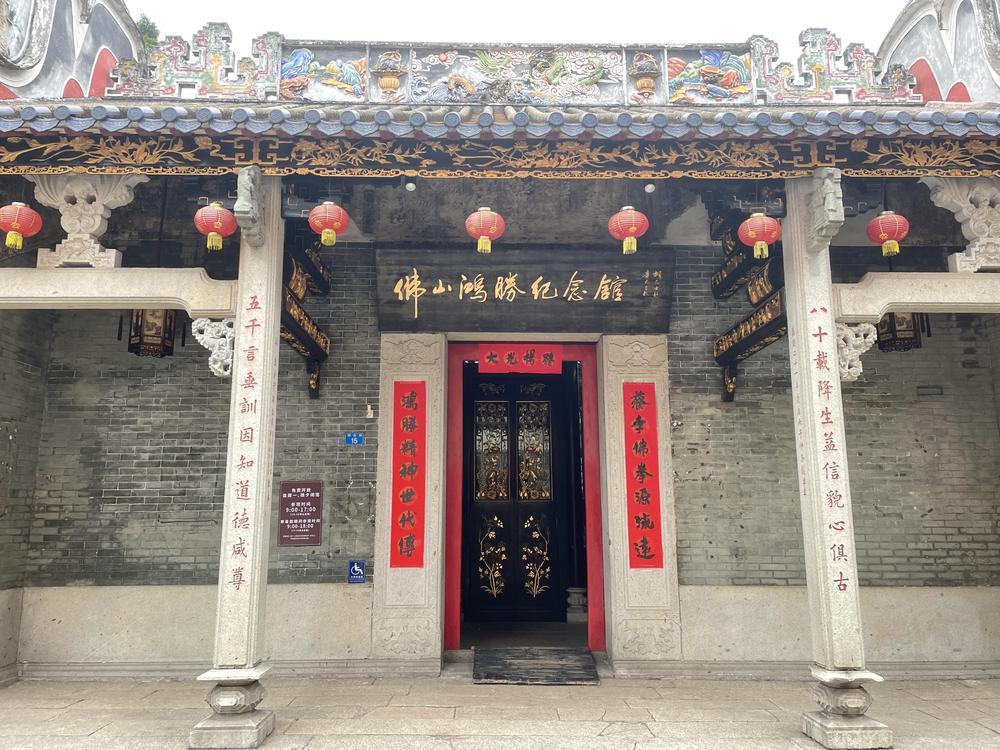
In 2019, Guangzhou Lion Dance embarked on a 53-day tour performance in the South Pacific, covering a total distance of 16,000 nautical miles and visiting 13 countries and regions, creating the longest duration and most visited countries for Chinese Lion Dance's international exchanges.
Nowadays, the lion dance has become a cultural symbol representing celebration, good luck, and positive energy, closely intertwined with people's daily lives. Various artistic works based on the theme of lion dance are being adapted and recreated, and with the help of short videos on social media platforms, the inheritance of lion dance has entered a new stage.
Source:Yangcheng Evening News
广东醒狮:始于江湖,威震八方
日前,2023年广州市青少年醒狮表演赛决赛在广州市文化馆举行,来自广州、佛山、香港、澳门等地的醒狮队共同参与,竞逐狮王桂冠。
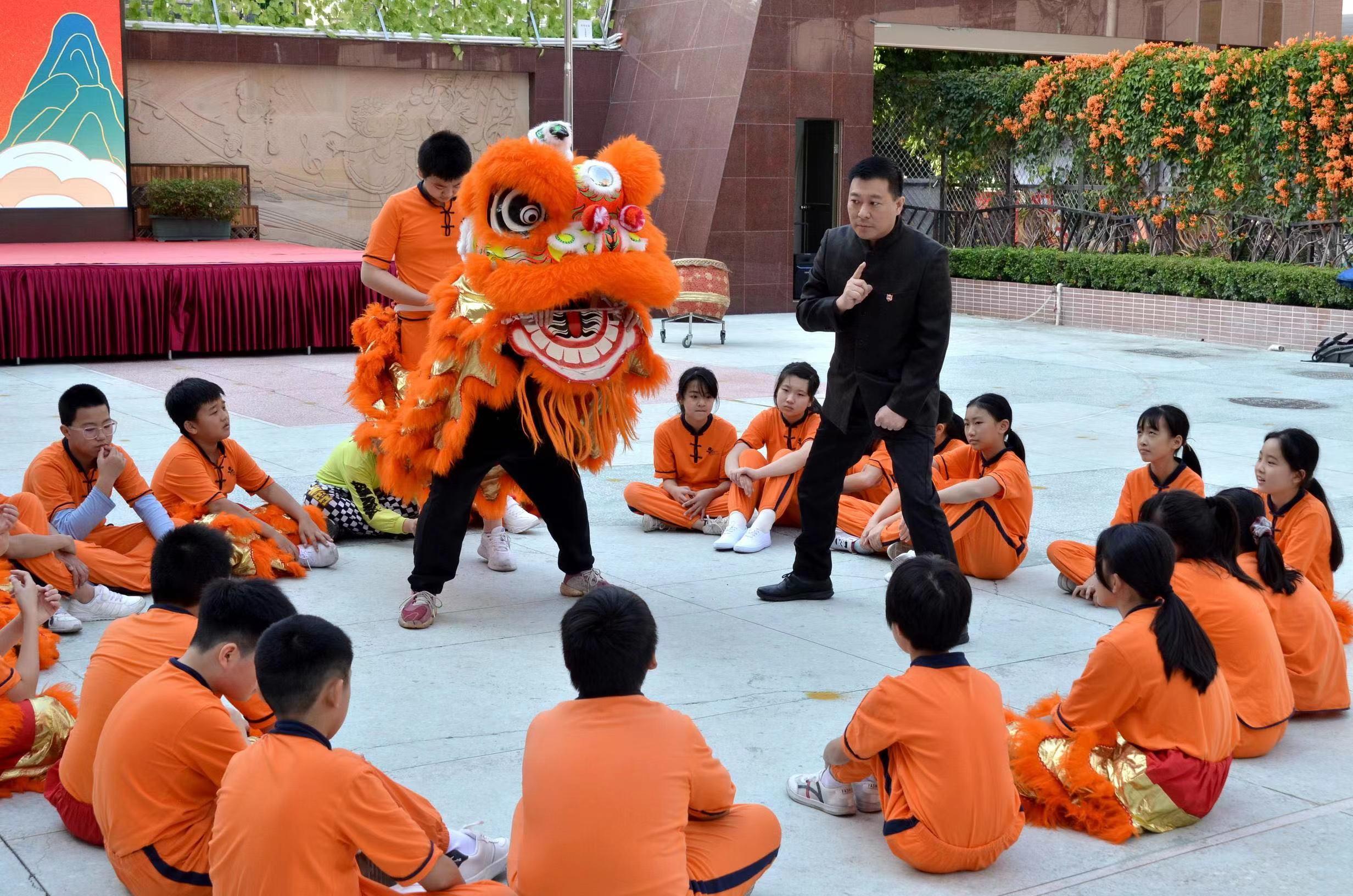
近年来,以醒狮为创作灵感的文艺作品频频“出圈”:动漫电影《雄狮少年》亮相银幕,火出海外;大型民族舞剧《醒·狮》燃爆全国……实际上,醒狮在岭南人民的生活中无处不在,香港电影黄飞鸿系列的《狮王争霸》至今仍然为人津津乐道。
作为一个文化符号,醒狮早已成为一代代岭南人民的集体记忆,凝聚着湾区人民的文化认同,深深刻在人们血脉之中。
在岭南地区,醒狮的传承向来有着极其广泛的群众基础。调研数据显示,在广州从事醒狮表演的人数(不含在校学生)超过1万,其中非职业醒狮队员人数就有8000多人。由此可见,广东醒狮的传承者很大一部分是有其本职工作的劳动者。
海外的醒狮也在发展,甚至反过来影响国内的醒狮表演方式。其中,“高桩狮”就是“出口转内销”的典型,它起源于马来西亚,被列入马来西亚国家文物遗产“重要文物”名单,在30多年前才传回中国。
像这样醒狮走出国门的历史,可以追溯到清代。广东醒狮随着粤籍移民的脚步向海外传播并落地生根,起初主要在华人社区内流行,后来逐渐成为当地多元文化活动之一,如今盛行于世界各地。
2019年,广州醒狮还登上国际邮轮,开启长达53天的南太平洋巡演,全程16000海里,抵达13个国家和地区,创造了中国醒狮对外交流时间最长、出访国家最多的奇迹。
如今,醒狮早已成为一个代表着喜庆吉祥、积极向上的文化符号,与人们日常生活密不可分。各种醒狮题材的文艺作品改编再创作,加之自媒体短视频的助推,醒狮的传承进入新阶段。
文 | 记者 周欣怡 朱绍杰 通讯员 任海虹
图 | 主办方供图
译 | 白心怡
-
Data reveals the latest achievements of the GBA's cultural industry
2023-11-28 23:23:32 -
Fang Jinlong: a performer and promoter of Chinese folk music on the world stage
2023-11-28 23:23:38 -
Connected main tunnels of Shenzhen-Zhongshan Link reduce travel time to less than 30 min
2023-11-28 23:23:43 -
Commentary|How does Guangdong lead in innovation capability for seven consecutive years?
2023-11-28 00:39:48






